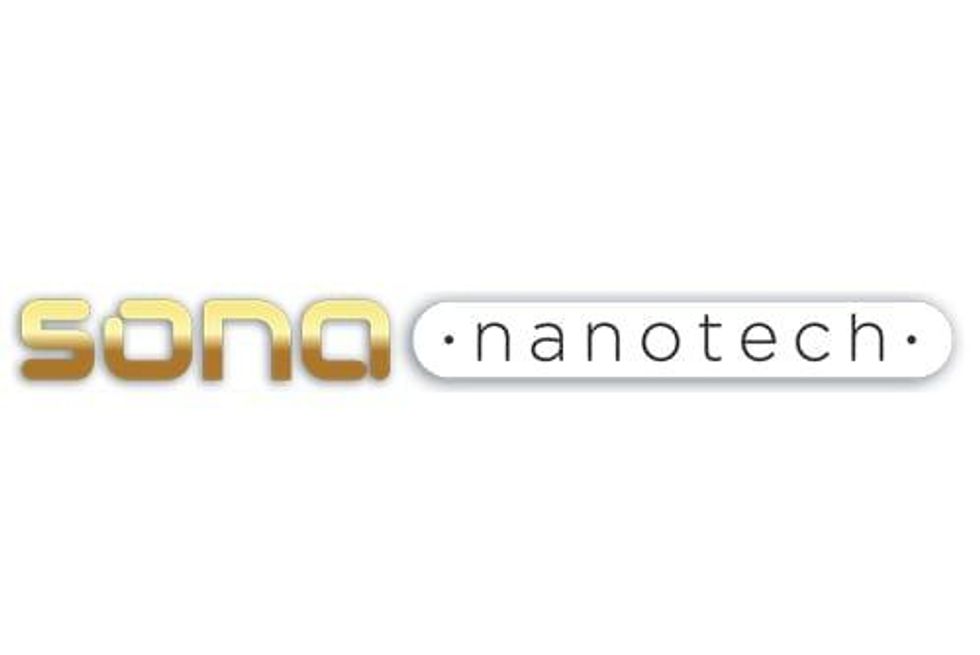
The basics you need to know about the tiny particles making a big impact on science.
For anybody operating outside of the science and technology fields, nanoscience can certainly be confusing. In simple terms, its definition “refers to the metric prefix 10-9,” or one billionth of something, according to the Texas Masterials Institute at the University of Texas at Austin (UTA).
In other words, nanoscience is described as the study of structures, materials, and objects on the scale of nanometers. Essentially, anything extremely tiny is fair game.
As such, here the Investing News Network (INN) provides a brief overview to nanoscience and what it’s used for.
Playing with scale
It’s easy to state that “nano” means one billionth, but it’s much more difficult to conceptualize how small this truly is. UTA offers some helpful examples to illustrate the actual scale of nanoscience. For instance, a single strand of DNA is about three nanometers wide. A single sheet of paper, meanwhile, is a whopping 75,000 nanometers thick.
Diverse field
Indeed, size is one of the only main criteria when it comes to what nanoscientists study. Disciplines as diverse as physics, chemistry, biology and materials science all contribute to this diverse field. On a scholarly level, the study of nanoscience helps academics with advanced applications in information storage, health, energy and computing.
On a practical level, however, its applications appear even more diverse. Everything from stain-resistant fabrics to computer computer hard drives have been impacted by breakthroughs in this field. The Texas Materials Institute predicts that the next big breakthroughs in the area will involve scaling up “from atomic assembly and individual nanodevices to macroscopic systems and structures with evolving properties and multiple functions.
Science versus technology
As noted above, nanoscience has a dual role in today’s world: it is both an area of academic interest, and tool which is advancing technology significantly. By and large, the academic sphere is where advancements in nanoscience are achieved, while the public and private sectors put this knowledge into practise to build new technologies. That’s why, when it comes to the realm of nano investing, you’ll often hear the word ‘nanotechnology’ rather than nanoscience. Investors who are keen on nano – but aren’t interested in getting a PhD – can support this research and innovation on the public market.
Nanoscience and health
One of its largest areas of impact in both universities and the public market is in the healthcare field. Luminex (NASDAQ:LMNX offers one great example. The company acquired Nanosphere in June 2016 and now offers a range of solutions for clinical diagnostics, pharmaceutical drug discovery, biomedical research, genomic and proteomic research, and even food safety.
Nanoscience takeaway
Of course, the healthcare field is just one area that nanoscience has benefited. Nanometrics (NASDAQ:NANO) operates in the computer arena, its systems addressing a broad range of process control requirements for applications.
The diversity of this market makes it hard to pin down, but it also creates a wonderfully enriching opportunities for investors. Furthermore, the strong stock prices that we are seeing from nano companies suggest that the market is hungry for new nanoscience breakthroughs and tech innovations.
Did we miss something? Let us know in the comments! And don’t forget to follow us on twitter @INN_Technology!
This is an update to an article originally published in 2016.
Securities Disclosure: I, Jocelyn Aspa, hold no direct investment interest in any company mentioned in this article.
